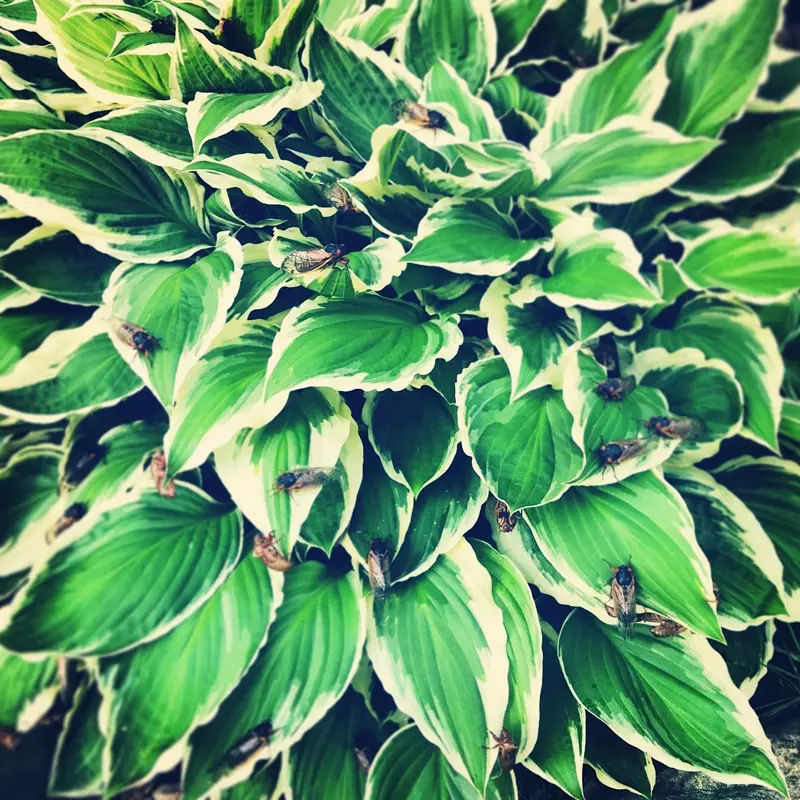Enjoy these Brood II Magicicada photos from Scotch Plans, NJ from Judy Lanfredi.
Click each thumbnail image for larger versions.
A teneral Magicicada in Scotch Plains by Judy Lanfredi

Adult Magicicada on a leaf in Scotch Plains by Judy Lanfredi

Adult Magicicada on a telephone pole in Scotch Plains by Judy Lanfredi

Adult Magicicada septendecim in Scotch Plains by Judy Lanfredi

Crippled Magicicada in Scotch Plains by Judy Lanfredi

Magicicada on a flower in Scotch Plains by Judy Lanfredi

Magicicada on a leaf in Scotch Plains by Judy Lanfredi

Magicicada on an iris flower in Scotch Plains by Judy Lanfredi

Magicicada septendecim and exuvia in Scotch Plains by Judy Lanfredi

Magicicada undergoing ecdysis in Scotch Plains by Judy Lanfredi

Mating Magicicada septendecim in Scotch Plains by Judy Lanfredi


Teneral Magicicada and exuvia in Scotch Plains by Judy Lanfredi

Teneral Magicicada in Grass in Scotch Plains NJ by Judy Lanfredi

Teneral Magicicada in Scotch Plains by Judy Lanfredi

Teneral Magicicada on a flower in Scotch Plains by Judy Lanfredi

Teneral Magicicada on a stick in Scotch Plains by Judy Lanfredi








































